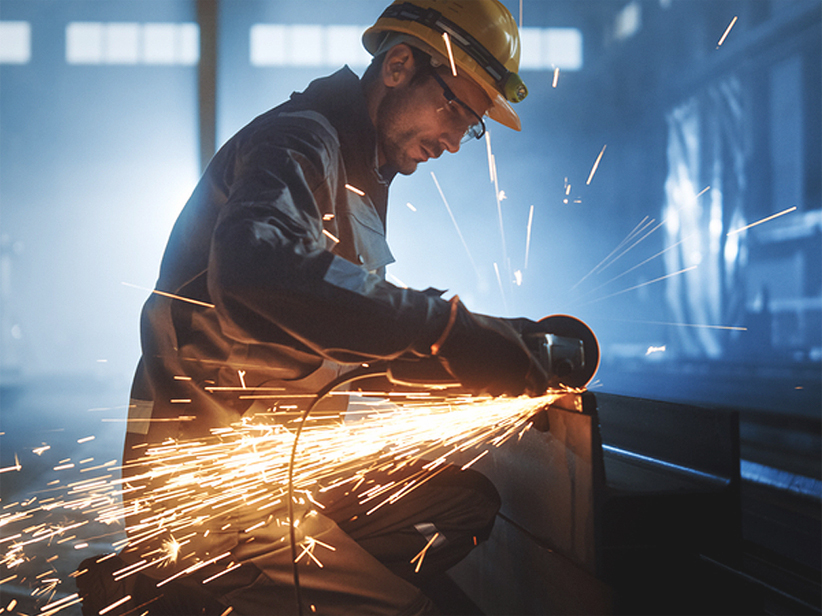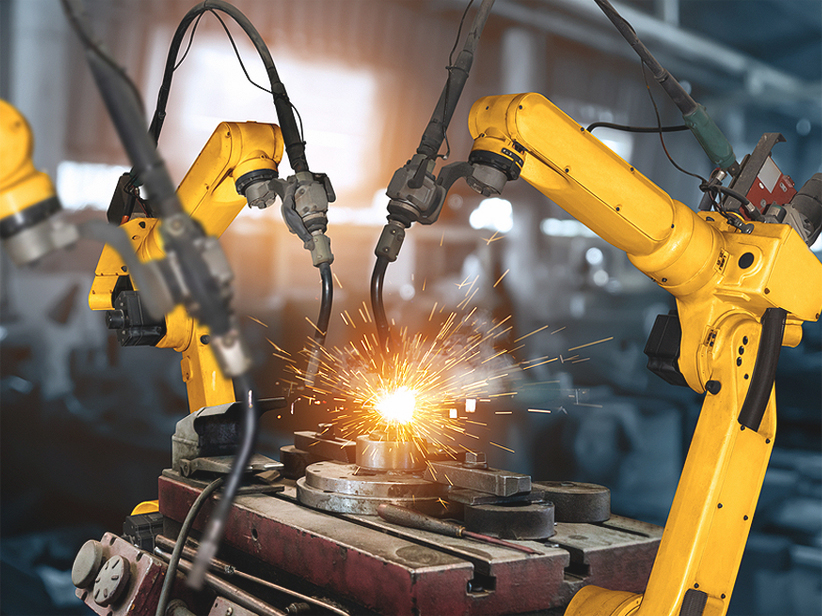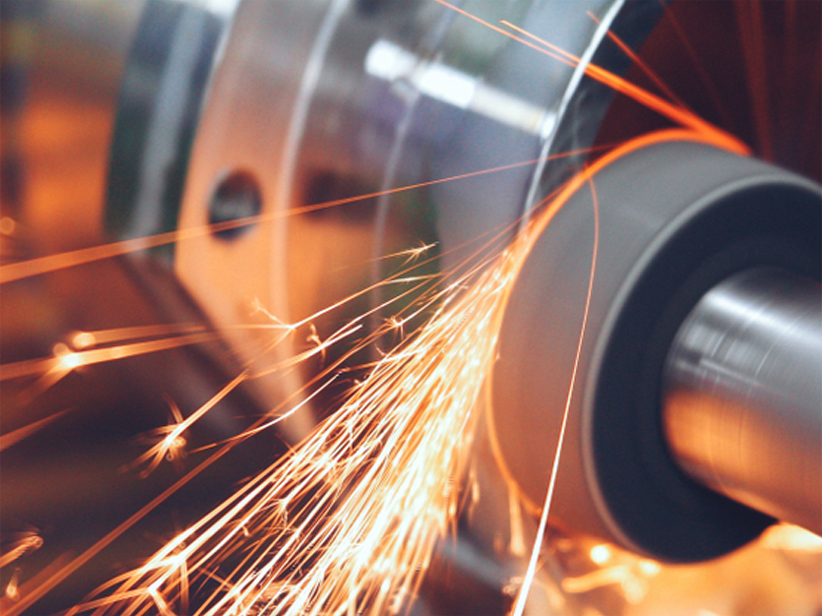Description
Stainless Steel Grade 409/1.4512 is a ferritic stainless steel that is primarily used in automotive exhaust systems and other applications requiring good resistance to oxidation and corrosion at elevated temperatures. It offers a combination of durability and resistance to various environmental factors, making it a suitable choice for demanding applications. This grade is characterized by its high chromium content, which enhances its resistance to oxidation, while its low carbon content ensures excellent weldability.
Chemical Composition
Chromium (Cr): 10.5 - 11.75%
Nickel (Ni): ≤ 0.75%
Silicon (Si):≤ 0.75%
Manganese (Mn): 0.5 - 1.0%
Carbon (C): ≤ 0.08%
Phosphorus (P): ≤ 0.04%
Sulfur (S): ≤ 0.03%
Iron (Fe): Balance
Mechanical Properties
Tensile Strength: 450 - 600 MPa (65 - 87 ksi)
Yield Strength: 275 MPa (40 ksi)
Elongation: 20% (min)
Hardness: Typically around 200 HV (Vickers Hardness)
Thermal & Physical Properties
Density: 7.75 g/cm³ (0.28 lb/in³)
Melting Point: Approx. 1480°C (2700°F)
Thermal Conductivity: 24.0 W/m•K (167 BTU•in/hr•ft²•°F)
Specific Heat Capacity: 500 J/kg•K (0.12 BTU/lb•°F)
Coefficient of Thermal Expansion: 11.0 × 10⁻⁶/K (6.1 × 10⁻⁶/°F)
Other Designations
UNS:S40900
JIS: SUS 409
AISI: 409
Fabrication and Heat Treatment
Welding: Grade 409 can be welded using conventional welding methods such as MIG, TIG, and resistance welding. Preheating is generally not required, but post-weld heat treatment may be performed to relieve stresses and reduce hardness.
Machining: This grade can be machined using standard tools. Due to its toughness, cutting speeds may need to be adjusted accordingly.
Heat Treatment: Generally, Grade 409 is not heat-treated in most applications. It is used in the as-rolled or annealed condition. If heat treatment is required, it typically involves heating to 800 - 850°C (1470 - 1560°F) followed by cooling in air.
Applications
Automotive Exhaust Systems: Commonly used in mufflers, catalytic converters, and exhaust manifolds due to its resistance to high temperatures and oxidation.
Industrial Equipments: Used in various components exposed to high temperatures and corrosive environments.
Architectural Applications: Occasionally used in decorative and structural elements where a combination of strength and resistance to weathering is required.
Supplied Forms
Bars:
Coils
Features
Oxidation Resistance: Offers good resistance to oxidation and scaling at elevated temperatures.
Corrosion Resistance: Provides moderate resistance to corrosion in mildly corrosive environments.
High Strength: Ensures durability and performance under stress and high-temperature conditions.
Cost-Effectiveness: More affordable compared to higher nickel-containing stainless steels, making it a cost-effective choice for many applications.
Weldability: Good weldability, suitable for various fabrication processes.






